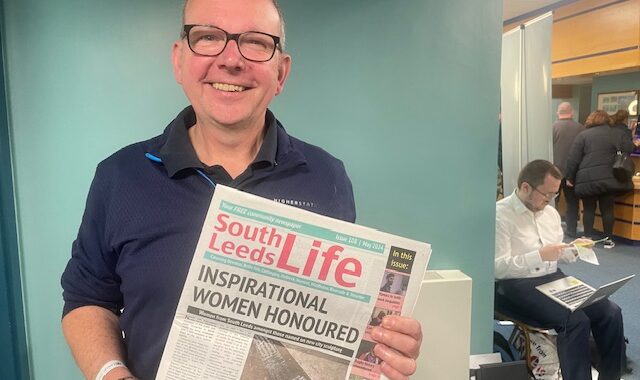This article was previously published on the Behind Local News website
If the internet and social media created the perfect storm for the newspaper industry, then COVID-19 was the tsunami that threatened to wash it away completely.
But as this last week attests, Journalism Matters and the industry, from the smallest hyperlocal to the biggest national daily, along with dedicated audiences all over the UK stood firm.
Public interest journalism played a vital role in this defence. Audiences flocked to their local papers in search of up-to-date, locally relevant information on the pandemic. While circulation figures declined, digital subscriptions increased.
As they’ve made every effort to help readers navigate the new normal while still struggling to pay their bills at the end of each month, members of the Independent Community News Network (ICNN) have logged record levels of traffic to their sites.
With barely a shred of government support, independent news sites have weathered the lockdown and produced tens of thousands of articles on the Coronavirus, held power to account, collaborated on national investigations, celebrated excellence in their communities, and mourned with those who’ve lost friends and family.
The independent news sector is growing. It can no longer be viewed as peripheral; it is now an essential part of the news ecosystem.
The combined reach of the independent news sector in the UK is vast with several hundred professional publications reaching more than 15m people online every month; and with a collective print run of half a million.
But it is the quality of the stories, not the quantity that demonstrates their commitment to public interest journalism.
- After Caerphilly became the first area of Wales to enter a local lockdown, the Caerphilly Observer issued a plea to its readers: “We must all play our part in lifting the gloom.” Readers inspired by the call to action launched the ‘Cheer Up Caerphilly’ campaign. Quickly, drawings of smiley faces sprang up all over the county borough, in the windows of business, homes and even schools.
- Concerned with the rising numbers of coronavirus cases in its community and the lack of council transparency over the increase, the Salford Star wrote an article criticising the local mayor for not speaking directly to the local community about the pandemic. By the end of the week, the Mayor had written to Salford residents asking them to “show the Spirit of Salford in protecting each other”.
- In Nantwich, Cheshire East Council was forced to reinstate school bus routes it had axed which left dozens of sixth students stranded in outlying rural areas. The initial story by Nantwich News put pressure on the authority and bus companies brought back services within two days of the article being published.
- While providing a wide-ranging perspective of the pandemic in Croydon, in the words of paramedics, teachers, the police and frontline NHS staff, Inside Croydon also charted the financial collapse of the local council, with breaking news reports on the exit of the council chief executive, the identity of her replacement and the council’s attempts to cover up the £440,000 pay-off to the CEO — which were followed up by BBC London television and radio, the Evening Standard, Private Eye, Local Government Chronicle and the FT.
- And in Manchester, The Meteor’s coverage of Manchester City Council suspending the planning committee during lockdown, prompted Greater Manchester Housing Action to deliver an open letter to the council demanding the committee’s reinstatement. The MEN and the Sunday Times also followed up on this story, increasing the pressure on the council to allow full scrutiny of its planning decisions.
The impact and value of independent local news is undisputed as these examples show. Independent public interest journalism, like education, is a public good and it should be supported, invested in and championed alongside other forms of media.




